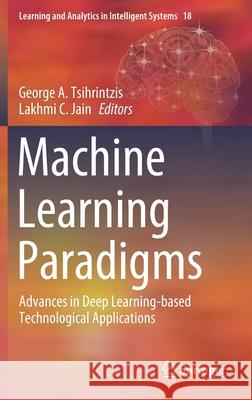Machine Learning Paradigms: Advances in Deep Learning-Based Technological Applications » książka
topmenu
Machine Learning Paradigms: Advances in Deep Learning-Based Technological Applications
ISBN-13: 9783030497231 / Angielski / Twarda / 2020 / 430 str.
Machine Learning Paradigms: Advances in Deep Learning-Based Technological Applications
ISBN-13: 9783030497231 / Angielski / Twarda / 2020 / 430 str.
cena 603,81
(netto: 575,06 VAT: 5%)
Najniższa cena z 30 dni: 578,30
(netto: 575,06 VAT: 5%)
Najniższa cena z 30 dni: 578,30
Termin realizacji zamówienia:
ok. 22 dni roboczych
Dostawa w 2026 r.
ok. 22 dni roboczych
Dostawa w 2026 r.
Darmowa dostawa!
Kategorie:
Kategorie BISAC:
Wydawca:
Springer
Seria wydawnicza:
Język:
Angielski
ISBN-13:
9783030497231
Rok wydania:
2020
Wydanie:
2020
Numer serii:
000888195
Ilość stron:
430
Waga:
0.79 kg
Wymiary:
23.39 x 15.6 x 2.54
Oprawa:
Twarda
Wolumenów:
01
Dodatkowe informacje:
Wydanie ilustrowane











